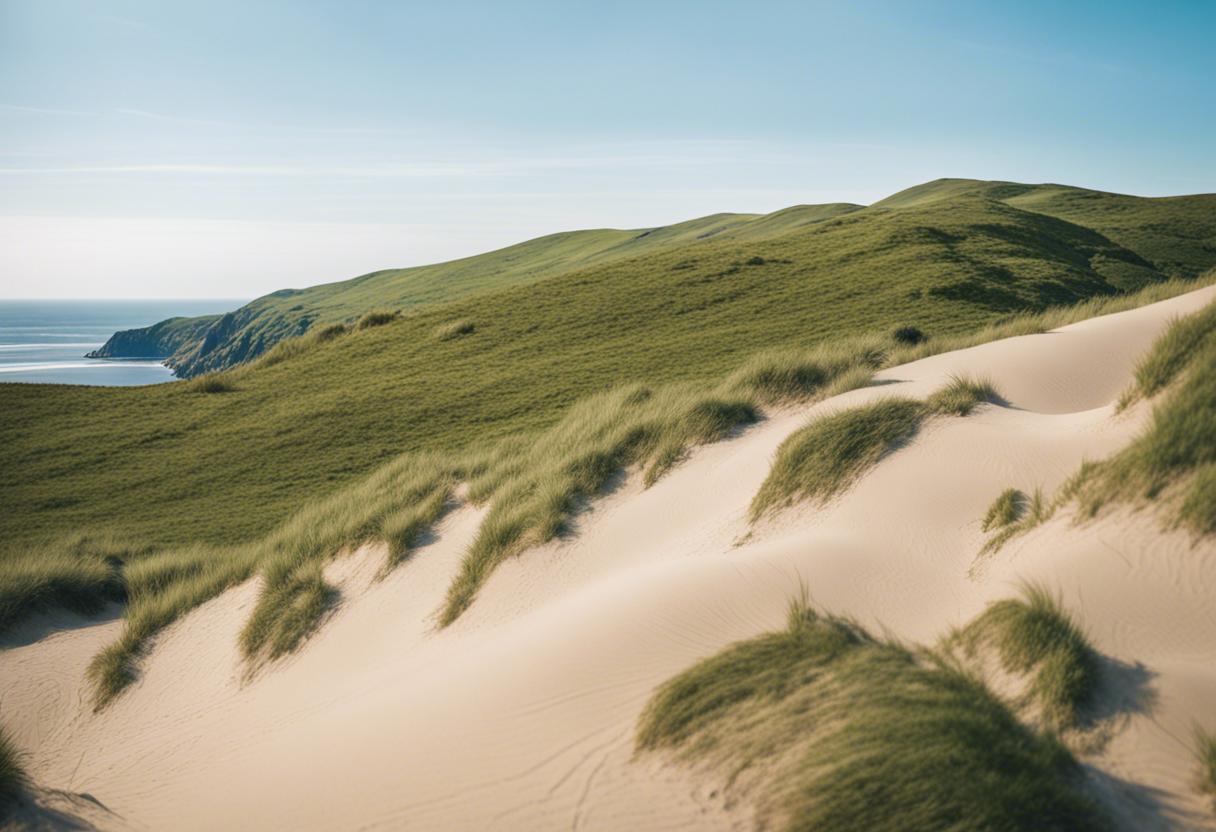In a sight never before witnessed in Ireland’s most recently established national park, Páirc Náisiunta na Mara, scores of juvenile natterjack toads are being set free into the Inch dunes throughout this week. Dingle Oceanworld, in collaboration with the National Parks and Wildlife Service (NPWS), has reared approximately 1,000 natterjack toads, the sole species of native toads found in Ireland, in confinement this year.
As part of this community-oriented breeding initiative, toad spawn and youngsters were collected by NPWS conservation rangers who scoured the ponds throughout the vicinity of Castlegregory. These were subsequently taken to the hatchery in May, and now that they’ve strengthened considerably, they are being liberated into their natural habitat.
Marine biologist Kevin Flannery, who heads the Oceanworld programme, explained that once the tadpoles metamorphose by losing their tails and developing legs, their diet consists of fruit flies.
The natterjack, a one-of-a-kind striped species whose name derives from its unmistakable mating call, is found solely in coastal Kerry. The species is susceptible to predators and its survival in its infancy hinges on the availability of shallow ponds. Natterjack spawn and tadpoles face an inordinately high mortality rate, exceeding 90%, in the wild.
Mr. Flannery highlighted the challenges faced by the tadpoles this year. While a damp summer has proven to be beneficial for the ponds they depend on, the cold weather has had the opposite effect, leading to some tadpoles being weak and requiring special attention at the hatchery.
To support these conservation efforts, local farmers have been dedicatedly preserving shallow ponds on farms throughout the Castlemaine Harbour and Castlegregory regions, where the toads were once found in abundance.
During a recent event where over 500 natterjack toads were set free at Inch to the delight of local youngsters and other observers, Minister of State for Nature Malcolm Noonan was present.
The NPWS, Dingle Oceanworld, and Fota Wildlife Park have been jointly investigating over the last seven years if captive breeding could help in increasing the natterjack population at Inch. The program, aimed at confining and breeding these amphibians, has led to a significant drop in the mortality rate among the endangered species, with estimates hovering below 25%.
Dr Ferdia Marnell, a toad specialist from NPWS, voiced that the breeding programme in captivity has notably benefited the species’ population in the previous seven-year span. However, the toads’ future survival and mating success hinges on numerous additional elements.
The position of this specific environment and prominent sand dune complex within Páirc Náisiúnta na Mara at Inch in Ciarraí affords prospects for fresh investigations on how we can improve conditions further for their preservation.

